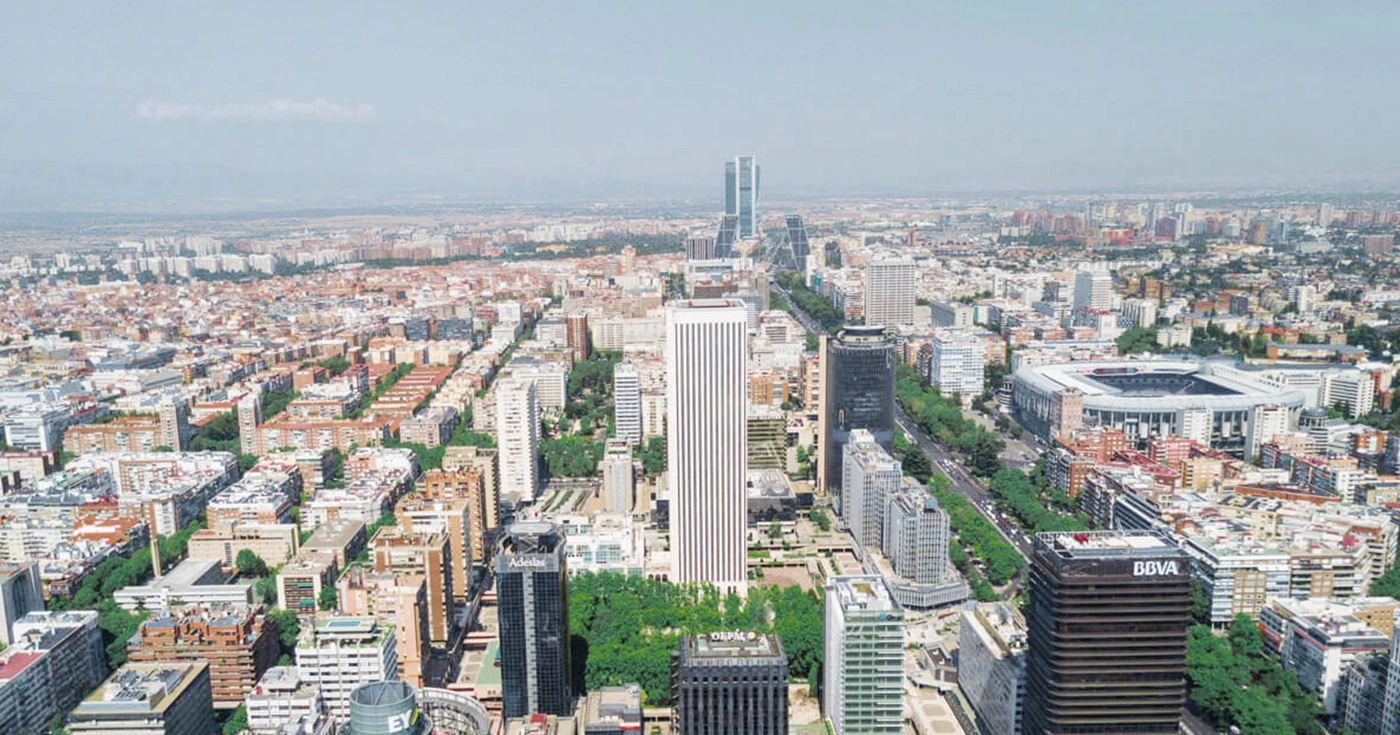
Madrid launches a rapid-response plan to improve housing access
Last Updated on 10 October 2025 by Equipo Urbanitae
Access to housing continues to be one of the social and economic challenges in our country. High demand, combined with limited supply, drives up property prices, making affordable housing difficult for a large portion of citizens. This situation is especially pronounced in the central areas of major cities, where much of the population is concentrated. Madrid, Barcelona, Málaga, and Valencia are experiencing an almost unprecedented real estate scenario.
Given the current context, administrative measures play a more relevant role than ever: legislative changes will now be crucial to regulate the housing market in the short and medium term, serving as a tool to alleviate the housing shortage. In this regard, the President of the Community of Madrid, Isabel Díaz-Ayuso, has announced an emergency plan aimed at tackling the problem immediately, with 15 measures to come into effect in 2026 and 2027. The plan’s clear objectives are to streamline urban planning procedures, increase the supply of protected housing, and respond to the region’s demographic and economic growth.
Young People: A Key Target
Youth emancipation is one of the main focuses of this new emergency plan. To promote access to housing for those under 35, 1,000 additional properties will be added to the existing Plan Vive Solución Joven. The inclusion of Alcalá de Henares, Villanueva de la Cañada, and new developments in areas like Aravaca will bring the total to 5,500 homes dedicated to this program. Similarly, the Mi Primera Vivienda (My First Home) program will be expanded from 40 to 50 years of age for the purchase of new-build housing.
The goal is to encourage first-home purchases and increase the number of potential beneficiaries. Since July 2024, the initial requirements were modified to allow large families or single-parent families to participate in this initiative without age restrictions.
Plan Alquila: Protection for Tenants and Landlords
The measures from the regional government also aim to strengthen security in rental processes and facilitate services that accelerate interactions between landlords and tenants. This approach seeks to protect property owners, incentivizing them to bring their homes to the market, while ensuring tenants enjoy necessary safety conditions. Services under this plan include personalized advice, free rental default insurance for landlords, free legal assistance for both parties, mediation services in case of disputes, virtual property visits, and an inventory to simplify property searches. Additionally, quality seals will be granted to all homes under this program, certifying compliance with the highest safety standards.
New Land and Urban Planning Law in the Community of Madrid
One of the capital’s major problems is the complexity of legislative development and approval: under current regulations, approving a General Urban Development Plan can take 10 to 12 years, slowing the administration’s ability to respond. The new law aims to propose a model based on Municipal Strategic Plans that can be effective within 4 to 6 years, cutting the timeline by more than half.
The law will also provide a special regime for smaller towns to improve applicable regulations and procedures. Additionally, a specific framework will be established for urban regeneration projects to facilitate the renovation of neighborhoods and improve both public and private spaces.
Protected Housing Also Benefits
The Emergency Plan to be implemented between 2026 and 2027 will also include provisions for protected housing. It aims to add 15,000 new affordable homes over the next four years, in addition to the 140,000 already planned in development projects. For plots designated for this purpose, it will be possible to increase buildable square meters by 10% and density by 20% without modifying urban planning.
The Community of Madrid will also allow the alternative use of protected housing on plots originally intended for other purposes, such as lodging or public facilities. The goal is to continue mobilizing public land through new tenders for cooperatives.
Furthermore, the Social Housing Agency will have new homes available for families in vulnerable situations, increasing the number of promoted units to 2,100. Currently, the agency has already started construction on 840 properties in Majadahonda, Móstoles, Rivas Vaciamadrid, Villa del Prado, and Madrid Centro.
Similarly, recognizing the importance of promoting affordable housing, Urbanitae, as a real estate crowdfunding platform, currently has operational VPO (Officially Protected Housing) projects in the region, such as Ribera del Pinar, via a debt strategy. Specifically, this involves a 12-month fixed-rate loan of 11.50% to finance part of the purchase of land in Navalcarnero, Madrid, where a cooperative residential development of 248 homes with limited public pricing (VPPL) will be built. As of the end of September, the project was progressing as planned, awaiting construction permits, with 63% of units already commercially reserved. The refinancing of Urbanitae’s loan through a bank, and thus the exit of investors, is scheduled for October 2025.

